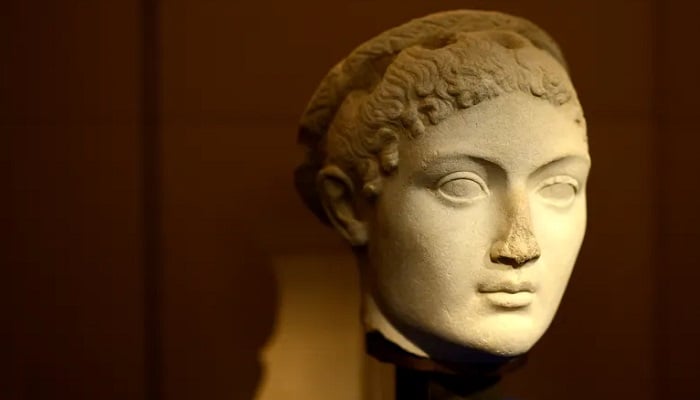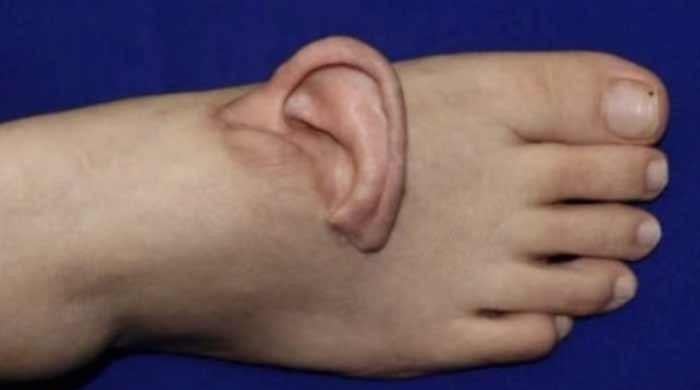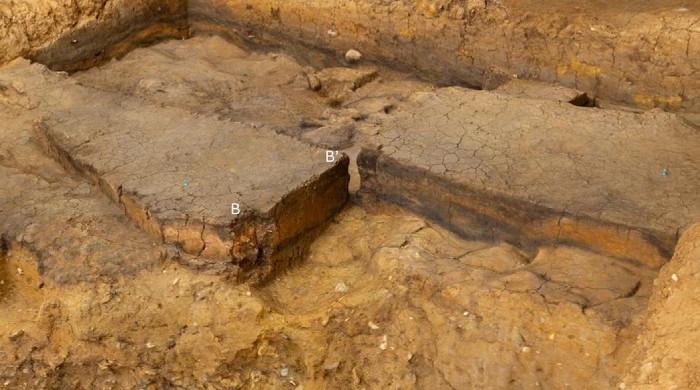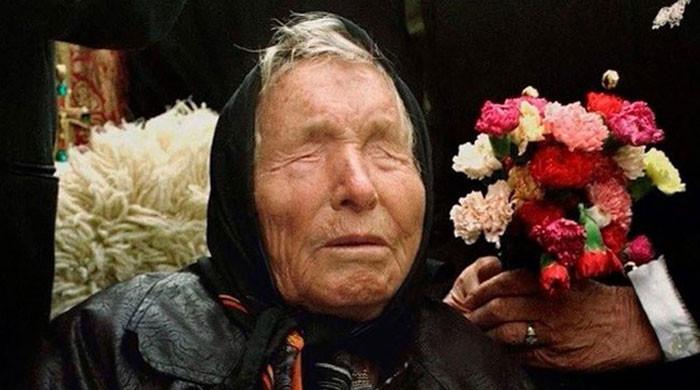Cleopatra's tomb finally found, but her body may never be recovered — Here's why
Cleopatra's tomb was discovered by Kathleen Martínez, a Dominican archaeologist raiding tombs since 2005
December 10, 2023

In the enigmatic quest to unveil the secrets of Queen Cleopatra's final resting place, renowned archaeologist Zahi Hawass has collaborated with Kathleen Martínez for over a decade — with some monumental success.
The former Minister of State for Antiquities Affairs of Egypt divulged his thoughts to The Sun (US), shedding light on their efforts within the ancient walls of the Taposiris Magna temple, positioned west of Alexandria.
Martínez, a Dominican archaeologist on a mission since 2005 to unearth Cleopatra's elusive tomb, spearheaded an excavation last year that unveiled a sprawling 4,281-foot-long tunnel hinting at a potential burial site.
However, Hawass, after over a decade of joint exploration, expressed scepticism, asserting, "Cleopatra was not buried in this temple at all."
In a revelation that adds a watery twist to the mystery, Hawass said, "I really believe that Cleopatra was buried in a tomb that she was built beside her palace.
This tomb, now, is located under the water." The submerged location, he believes, may contribute to the enduring mystery of Cleopatra's missing remains.
When confronted with the possibility that Cleopatra's final resting place may forever elude discovery, Hawass responded unequivocally, "Yes."
The enigmatic Queen Cleopatra, who reigned from 51 to 30 BC and met a tragic demise, has long puzzled historians.
The widely accepted belief is that she took her own life at the age of 39, employing either a lethal cobra bite or a poison-laden sharp object, following the defeat of her army by Roman emperor Octavian.
Despite these historical accounts, her body and tomb remain elusive, shrouding Cleopatra's final chapter in an enduring cloak of mystery.









